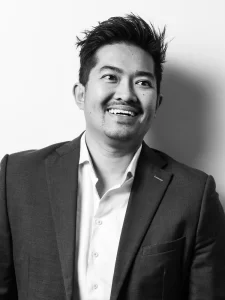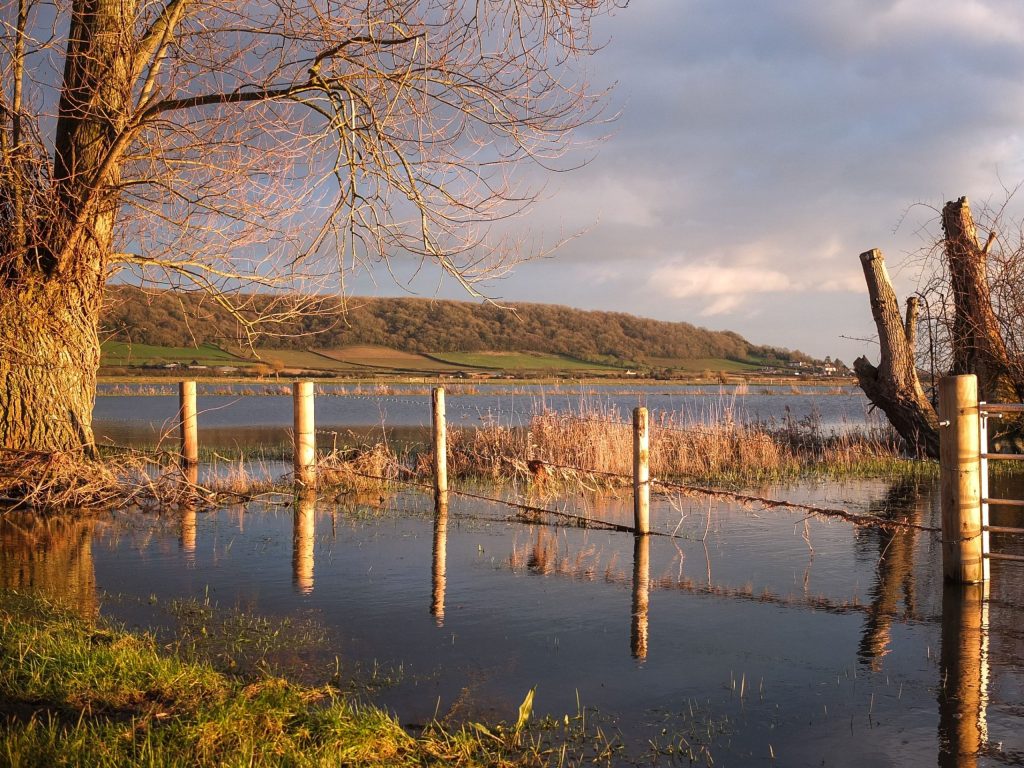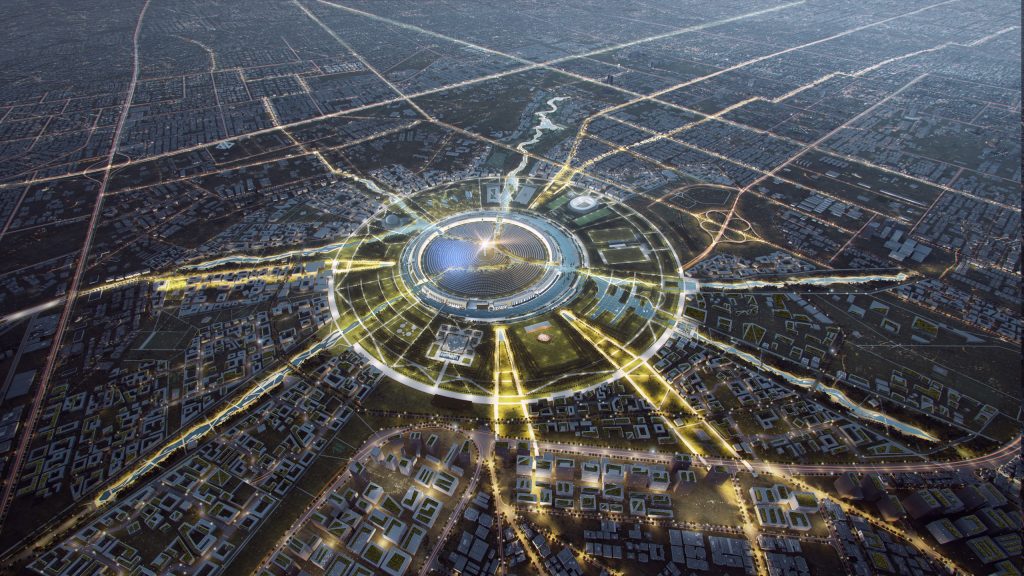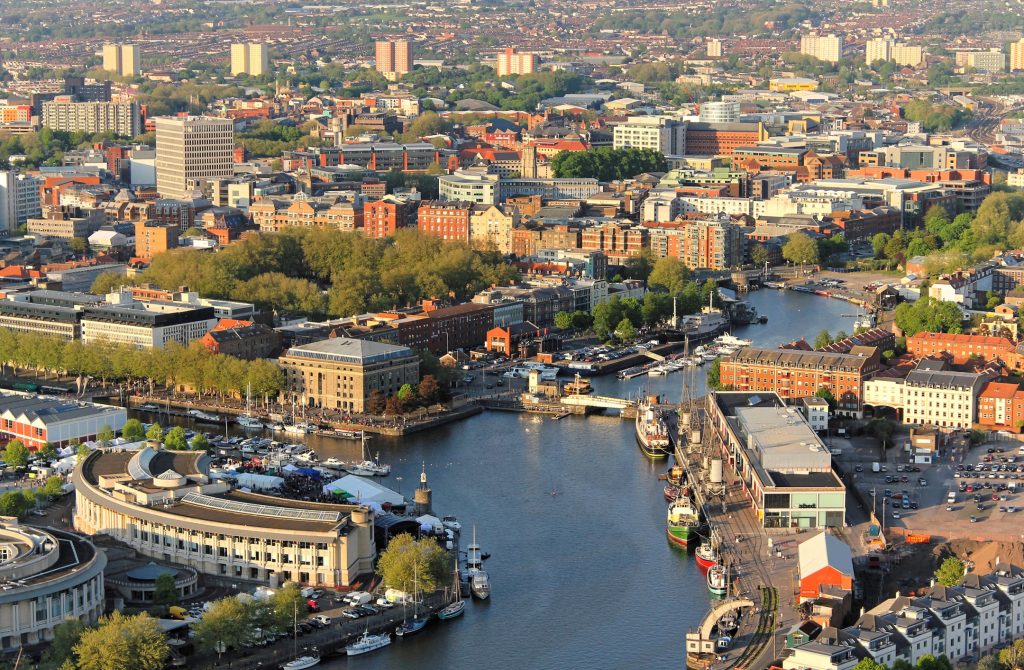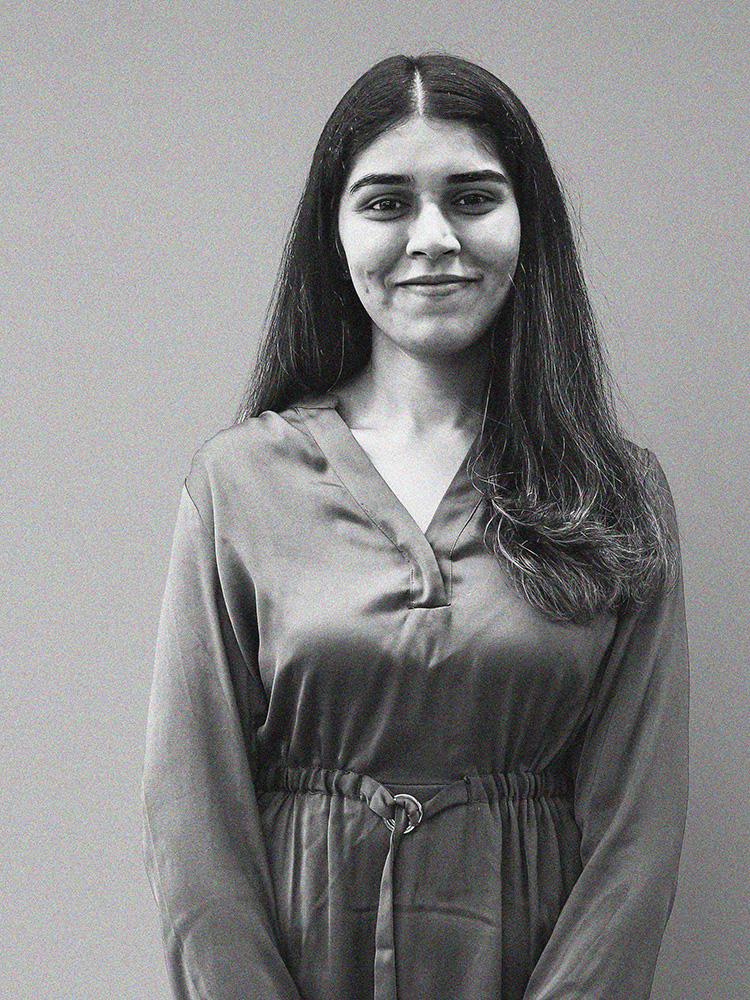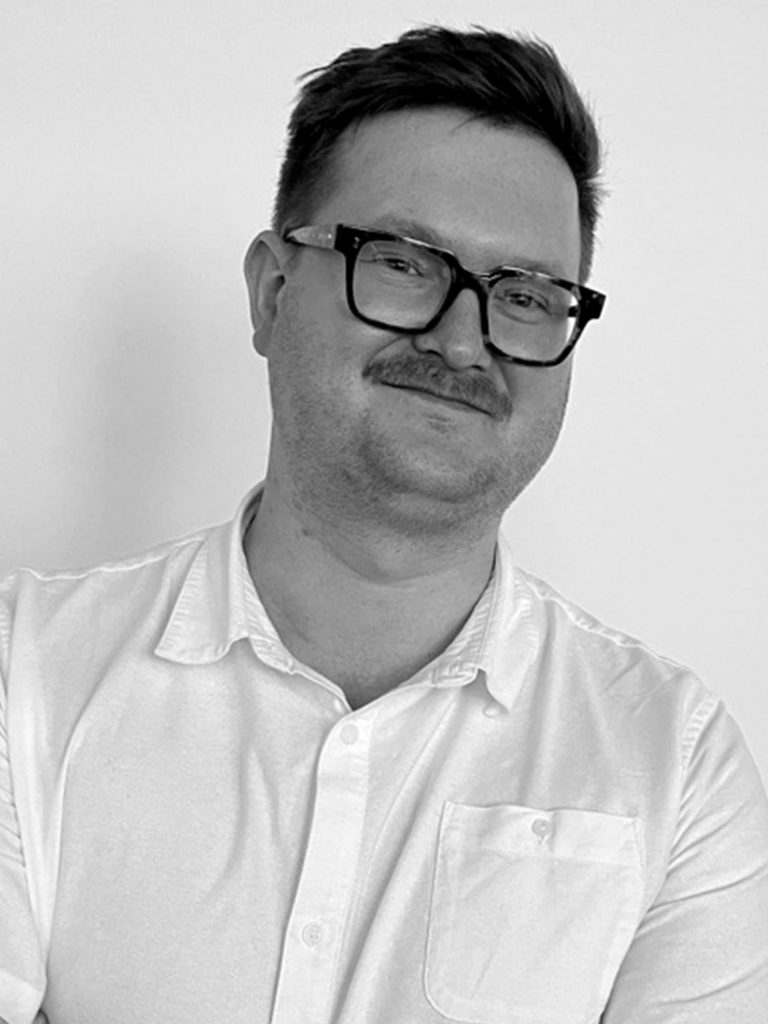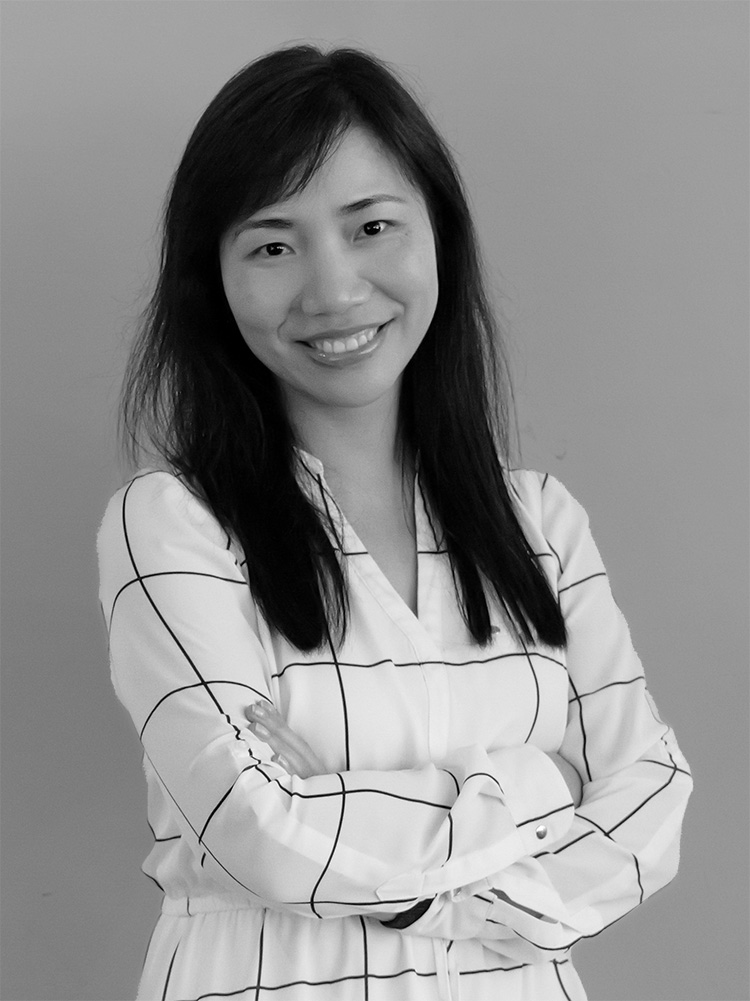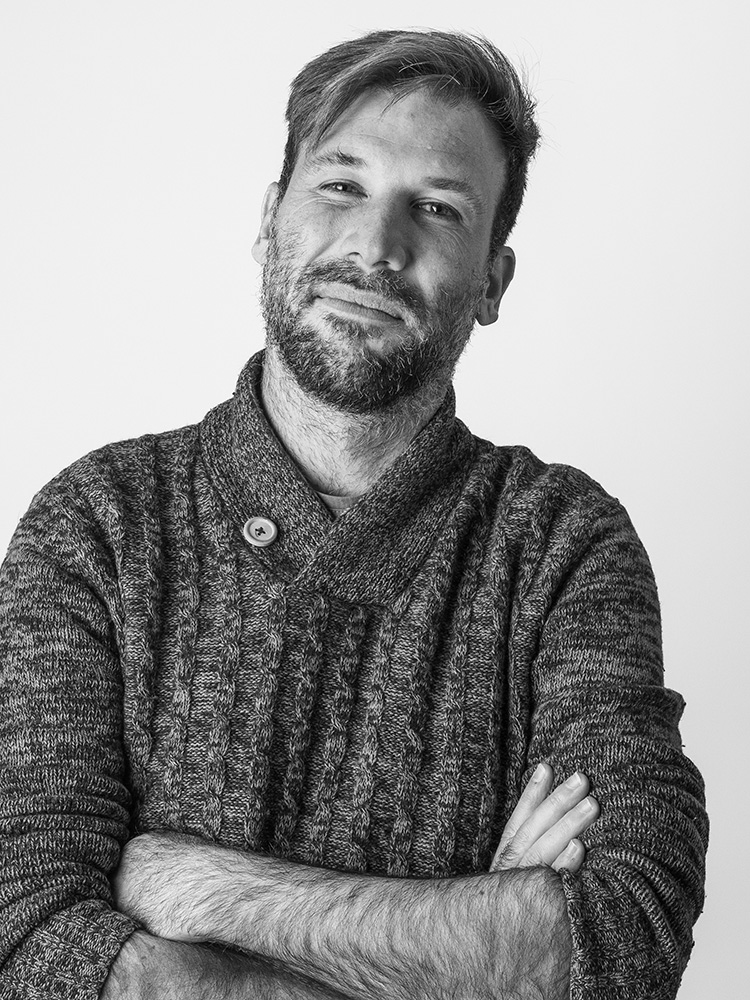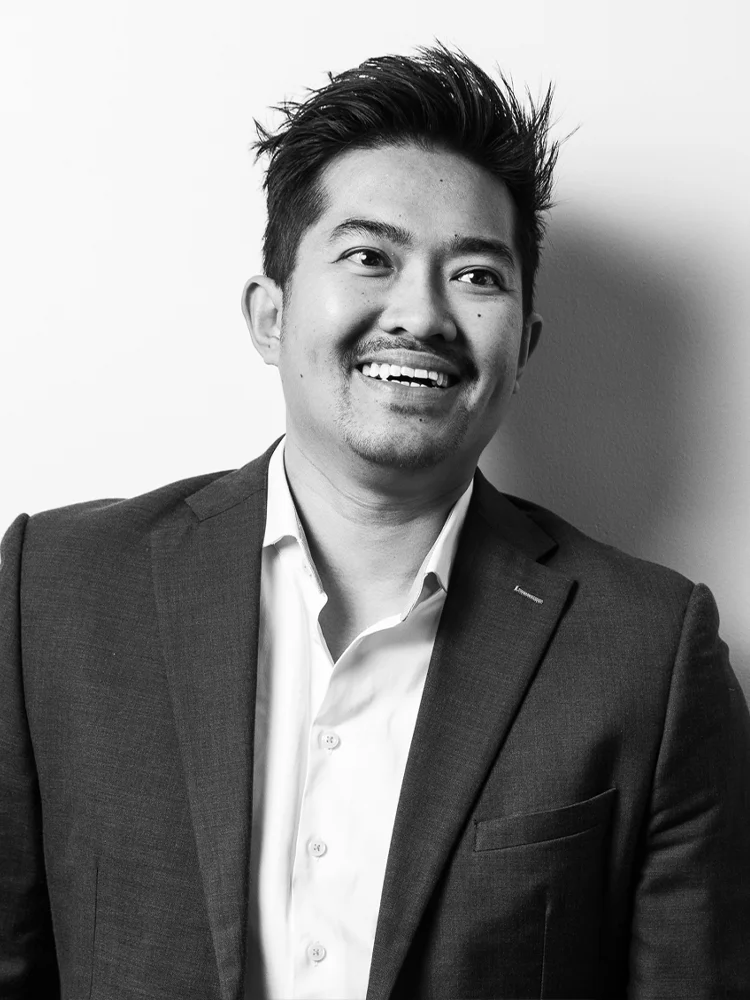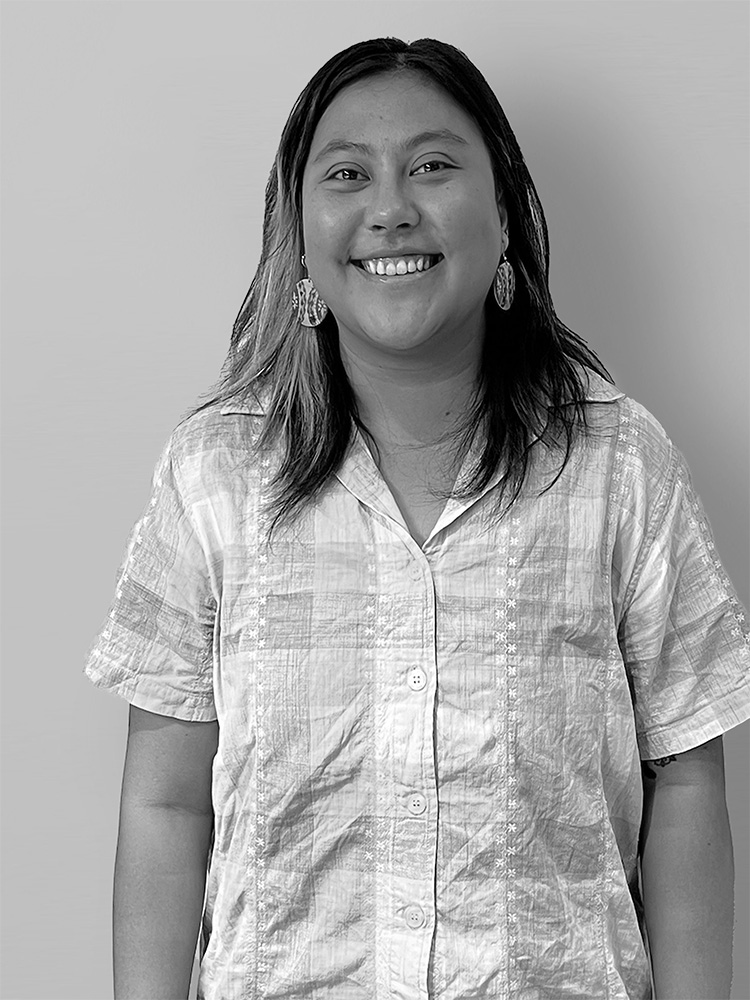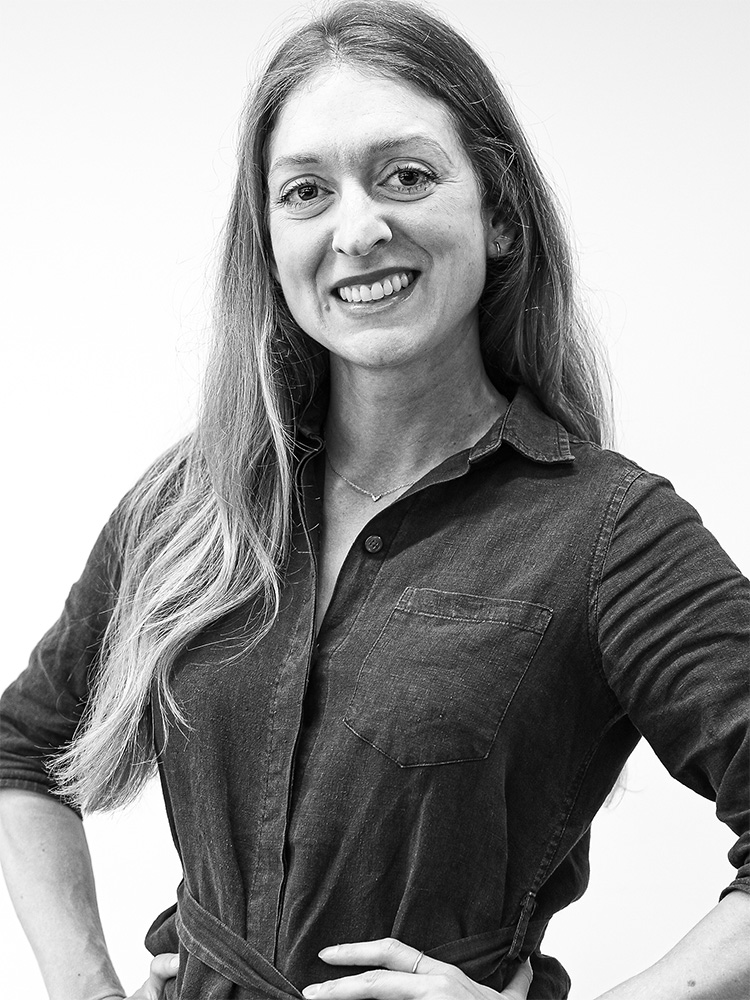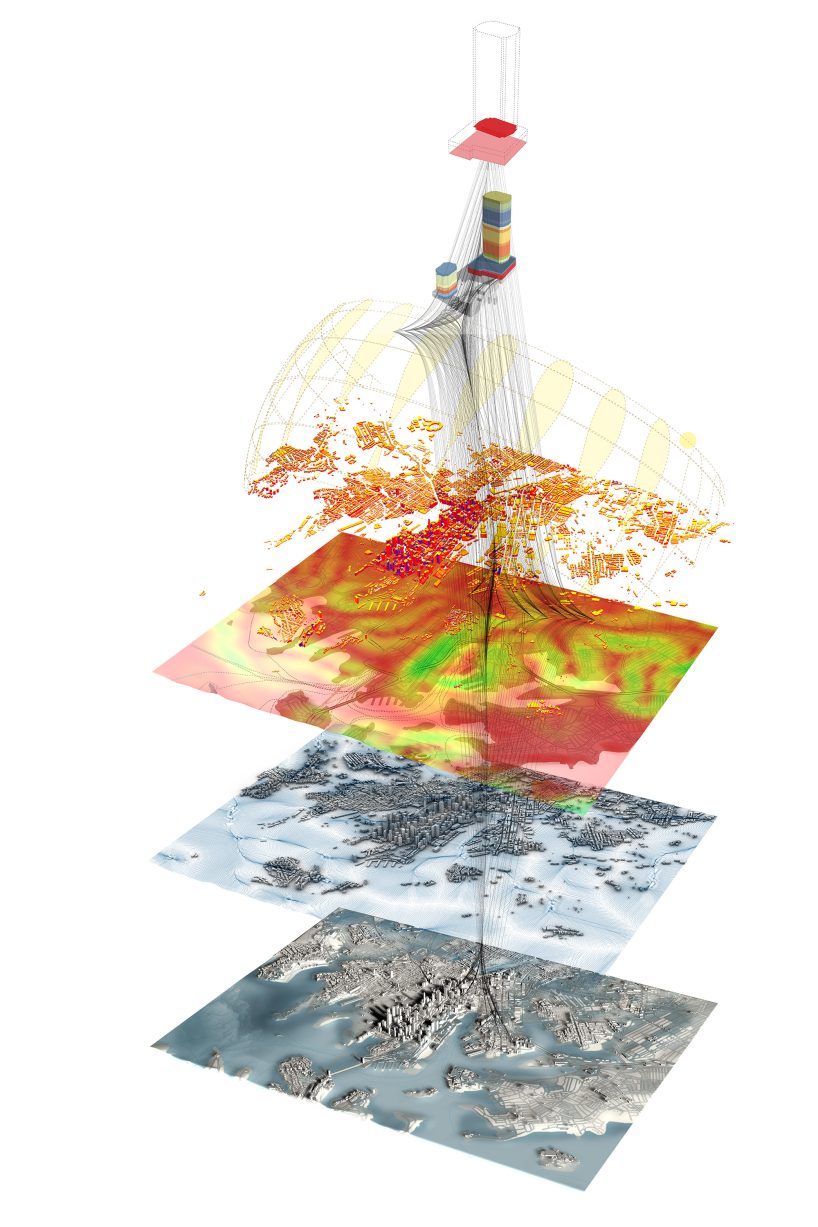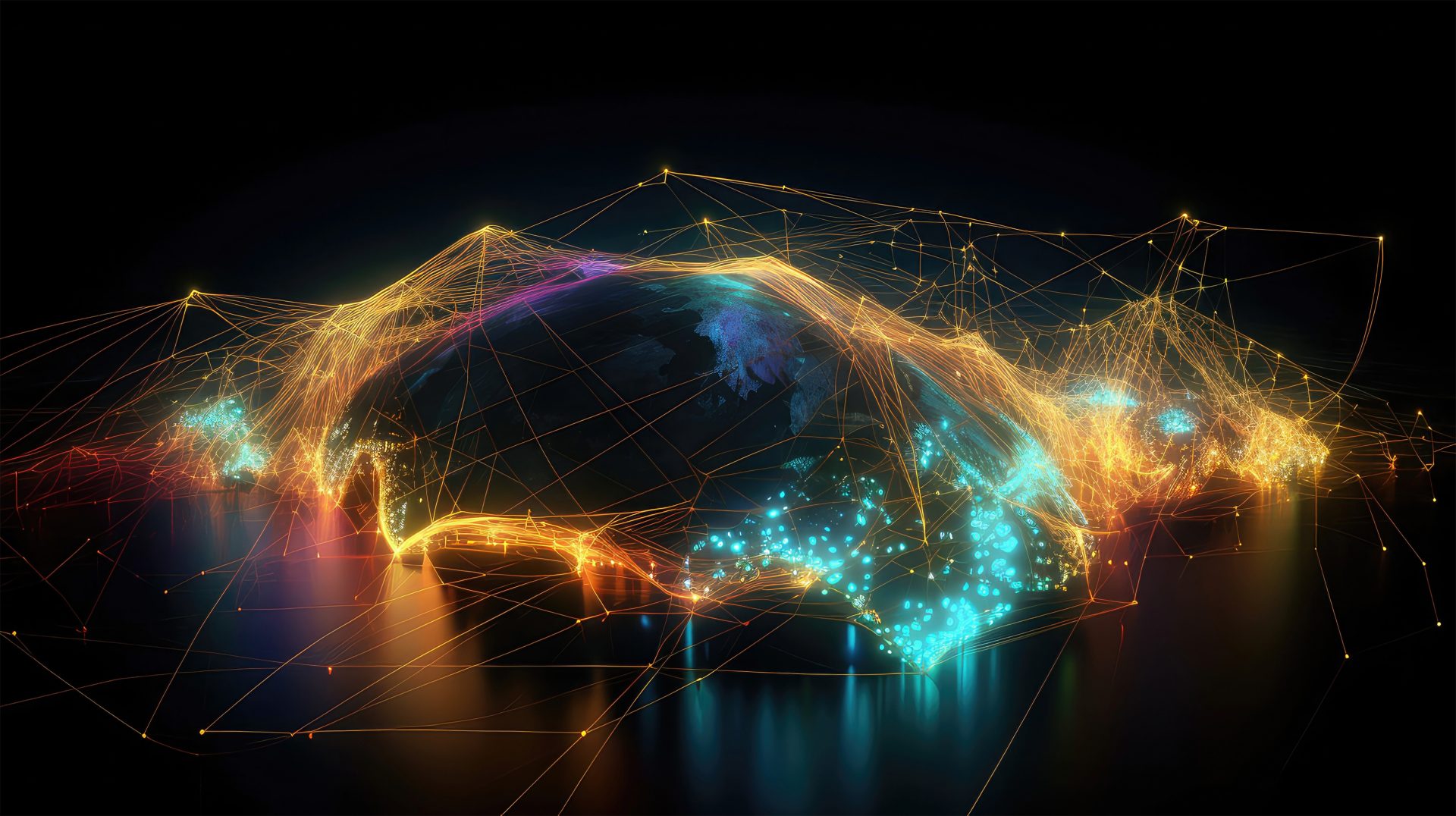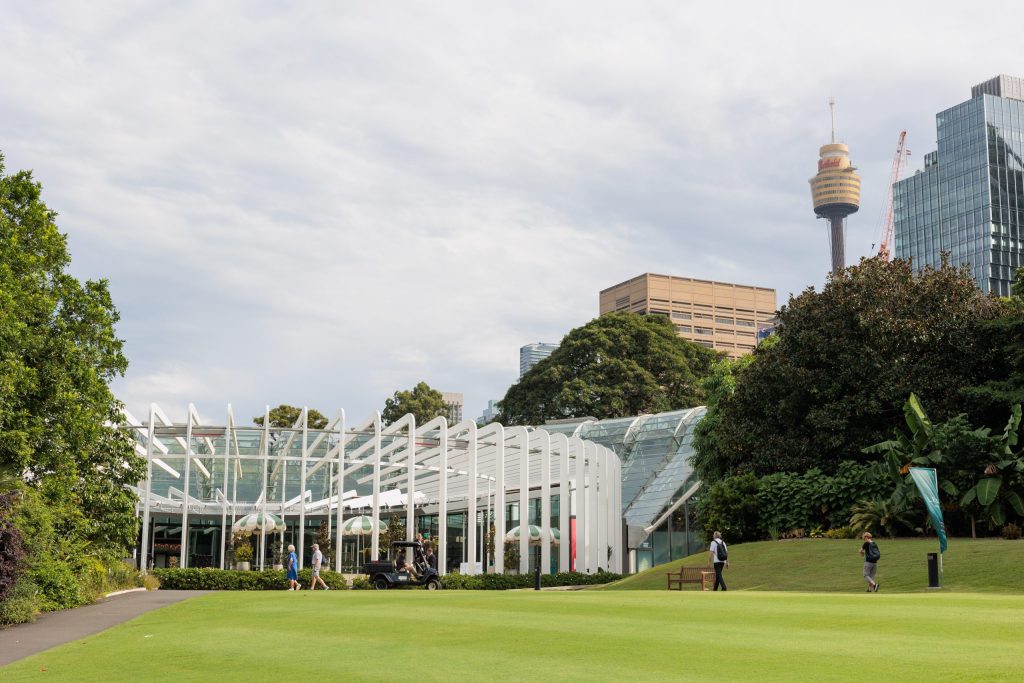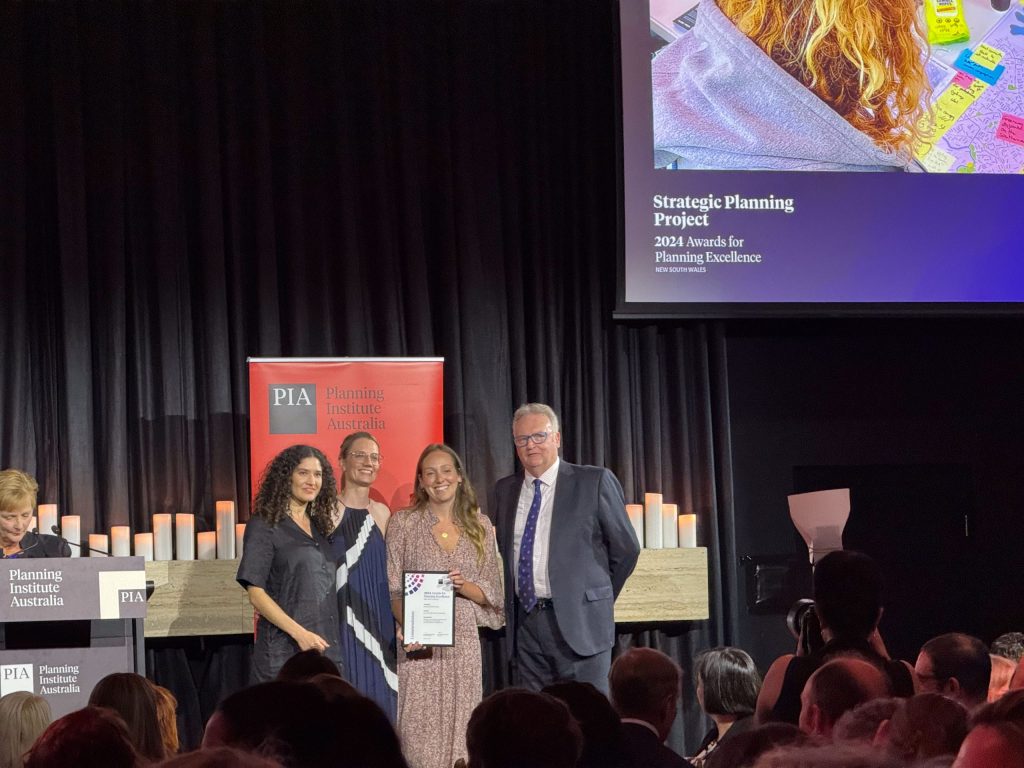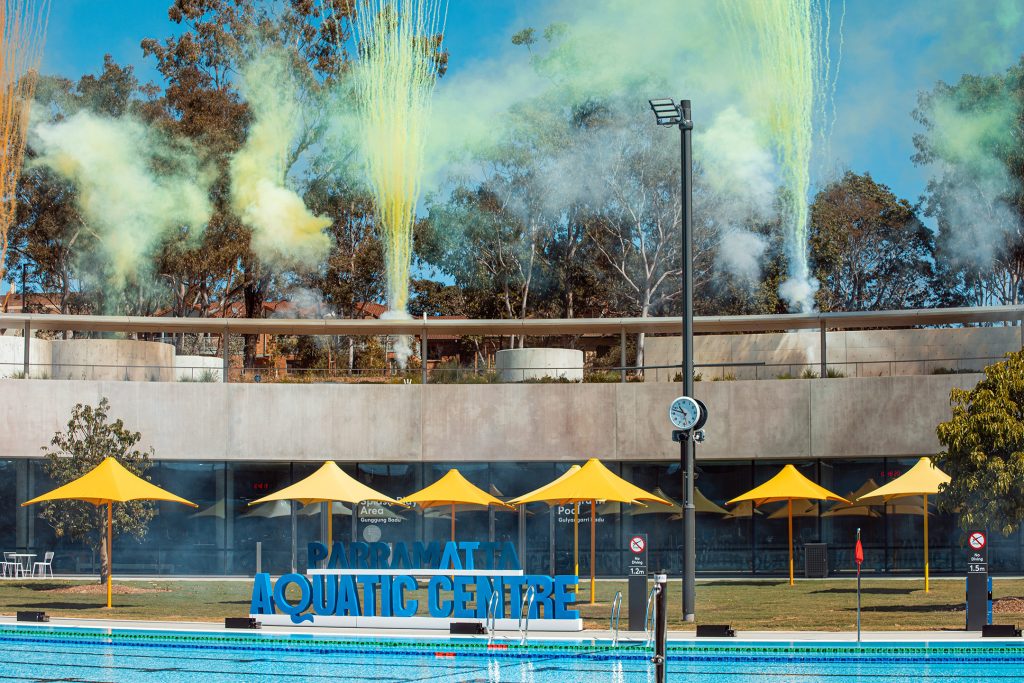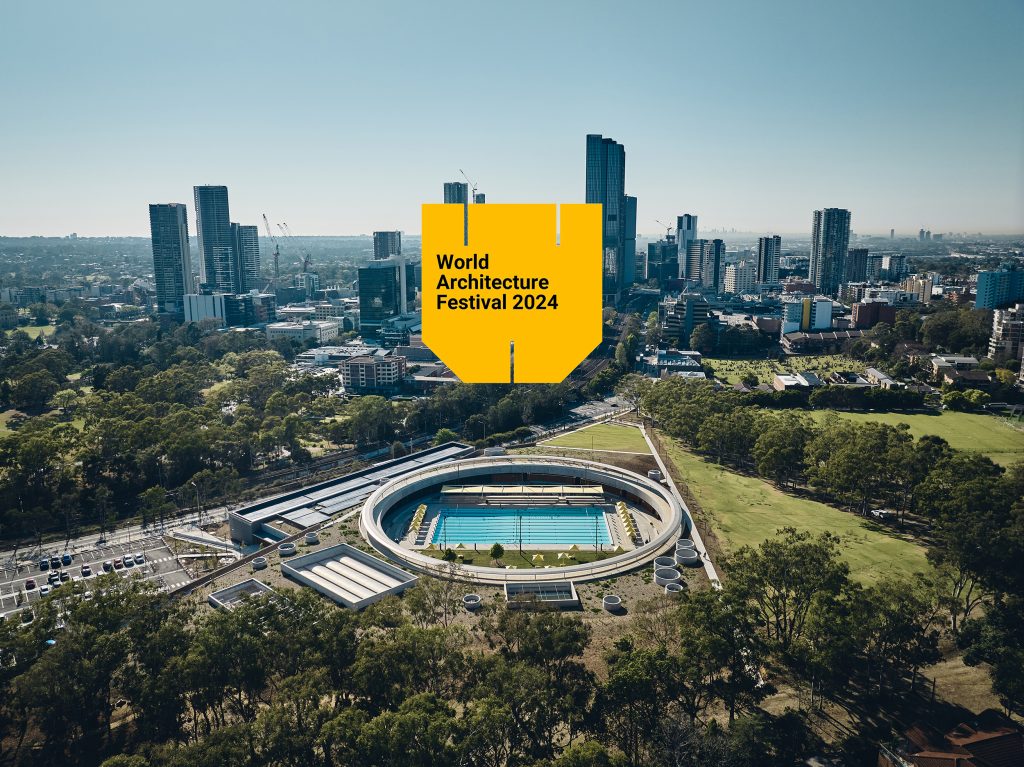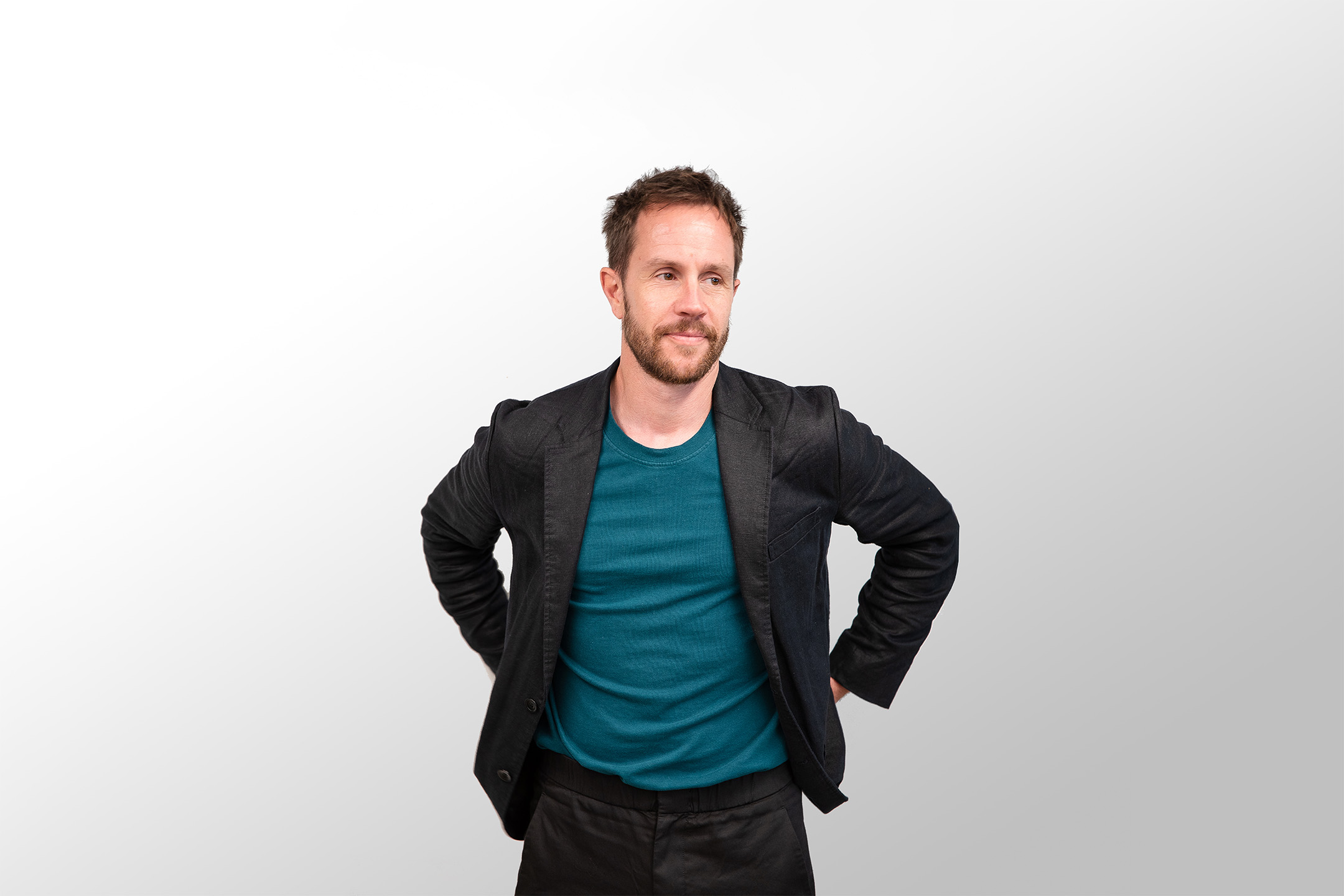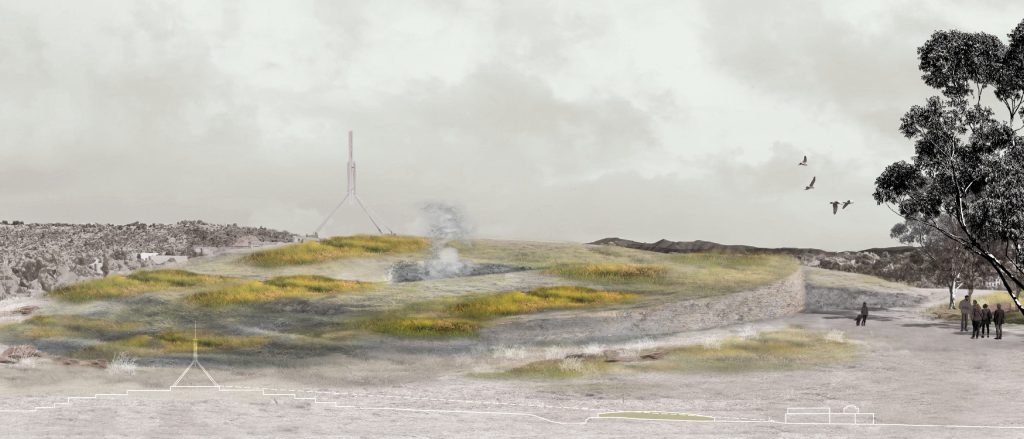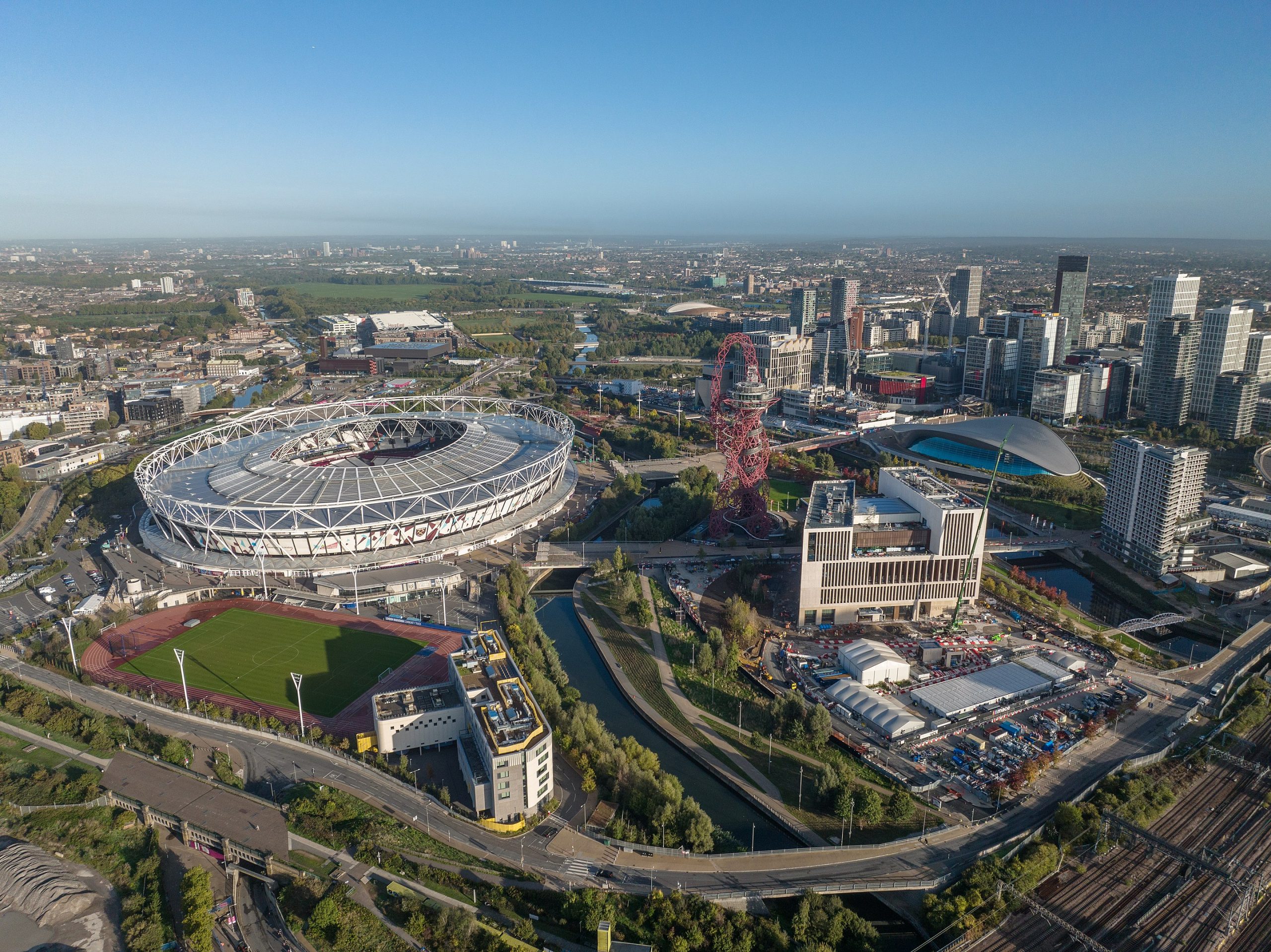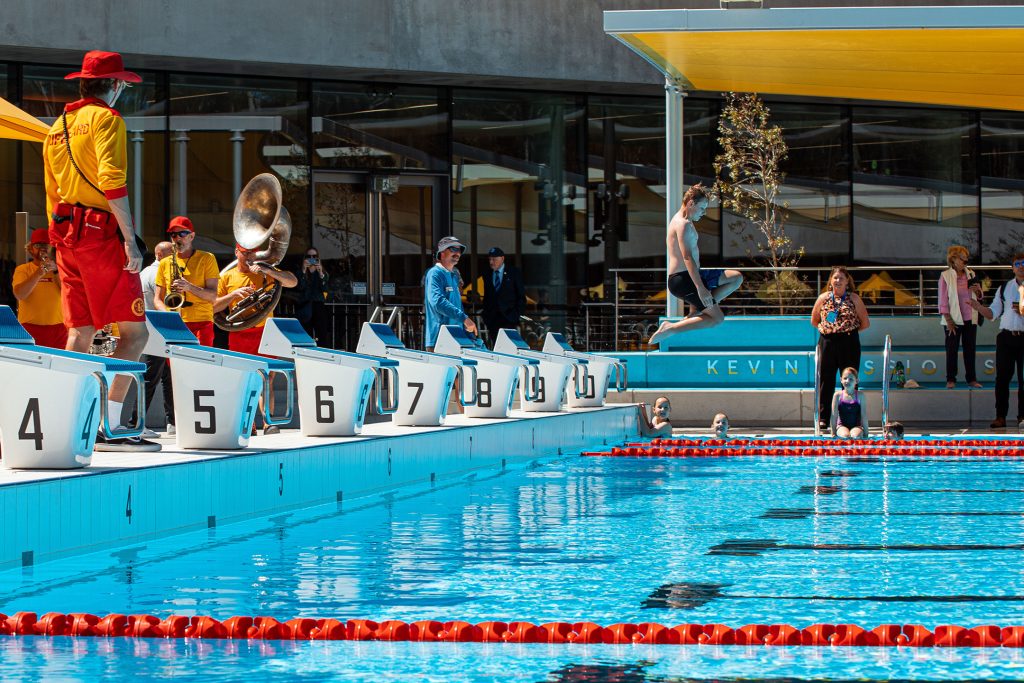Biourbanism Lab
The Biourbanism Lab is a digital solutions consulting discipline. Underpinned by the Biourbanism model, it is an advanced proptech research team with a wide range of capabilities. The BioLab workshops with clients to understand their project and business processes and provides recommendations for bespoke digital twin technology workflows to enhance efficiencies. They provide ongoing support to develop the solution with the client.
The BioLab’s services are science based and include production of bespoke digital project methodologies, digital twins, simulation tools, forecasting, analysis, metrics, generative design and dashboards. The team uses utilises local and global data sets to produce geospatial and computational intelligence to inform creation of evidence-based, resilient, smart city and place design outcomes. Services include climate change forecasting to enable risk mitigation and resilience planning.
The BioLab creates non-proprietary digital solutions that are readily accessible to the clients own teams. Services can be fully customised to suit specific needs including procurement of data and maintenance of digital solutions.
Clients often engage the BioLab very early at site acquisition and feasibility stage to develop a digital twin for due diligence. These early stage digital twins are then developed to mature alongside the projects development timeframe. Insights from the BioLab are applied to our interdisciplinary practice globally.
